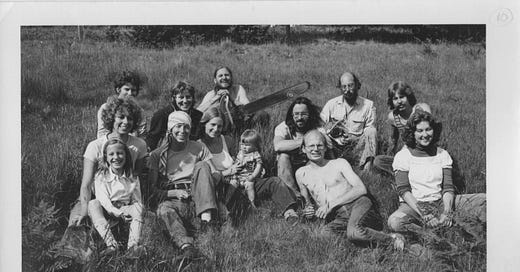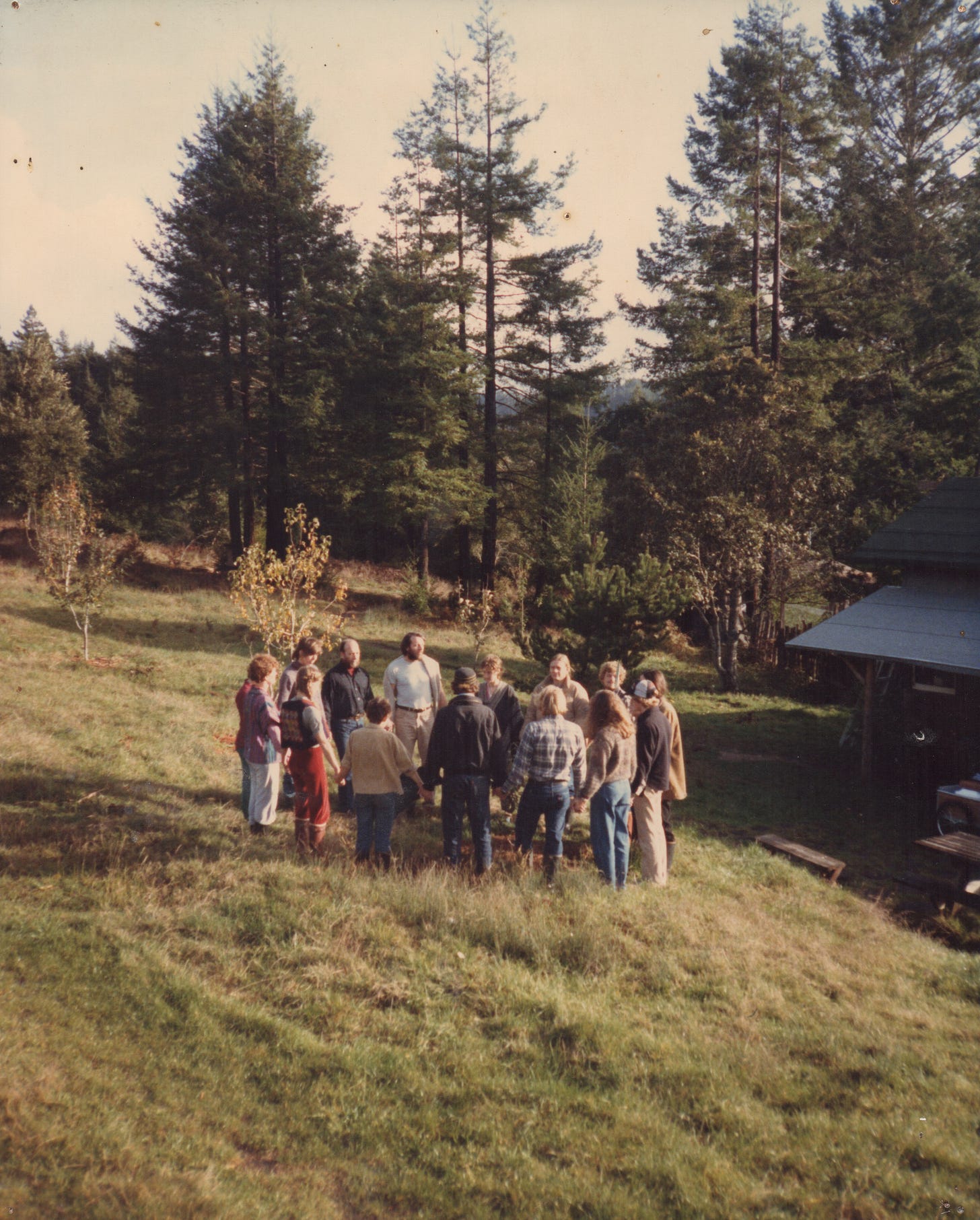This month we hear from original Salmon Creek Farm communard - and current neighbor - Dawn Hofberg. What a privilege and pleasure to have her next door, the sense of continuity with the origins of this special place, not to mention the wealth of knowledge from her decades of growing food in our very particular micro-climate. She ran the original commune garden, raised goats, and being a serious foodie, we're sure all the young communards were thrilled when it was her turn to cook for the week. We get a taste of it whenever she comes over to join us for a meal and brings something special. We share a work truck and an apple press which we gather around every fall, collecting our apples and friends together for the pressing - the commune is still alive...
Hi Readers and fans of SCF! I have to say after ten years of telling guests about SCF origins, how I got to the commune, and what life was like back in the hippy days, I'm just going to skip all that and focus a bit more on my reflections about the changes I've seen in this past decade, to the land and to the denizens of the land and community.
Much of our original philosophy of preserving the natural Environment, caring for the land and by extension for the Earth has prevailed.
In the 1970's we sought refuge in movement " back to the land". To some this meant subsistence farming, raising animals and preserving the forest. To others it was mostly an experiment in communal living, and the experience of creating dwelling spaces. We had a shared aesthetic about each cabin standing alone in the woods, made from materials that wouldn't degrade the environment, and though they might have been in shouting distance from the next cabin, they should be invisible to another cabin's view.
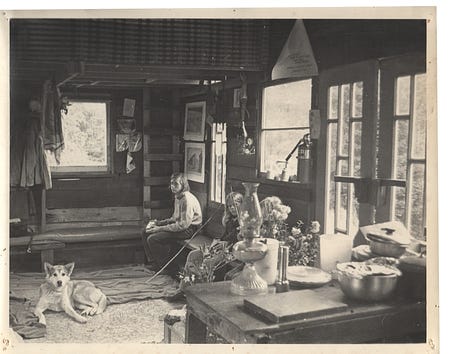
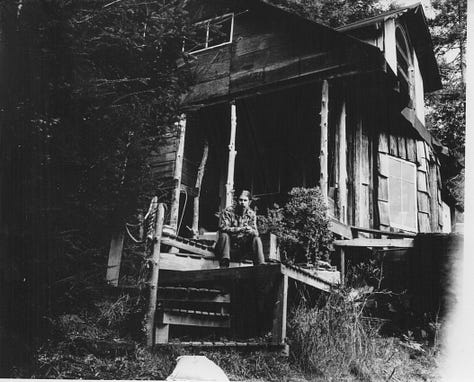
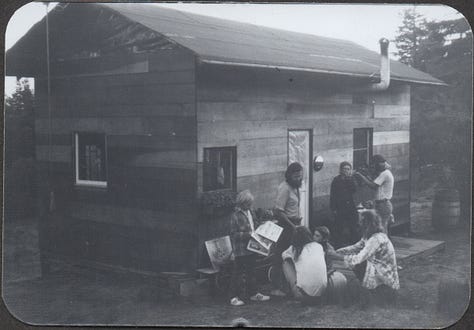
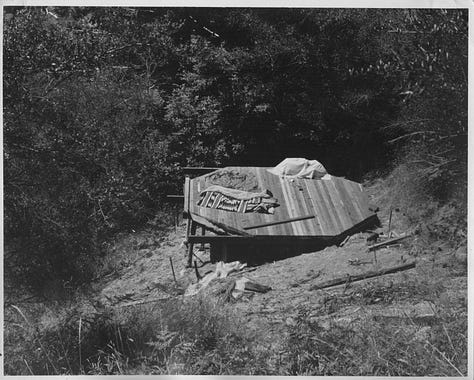
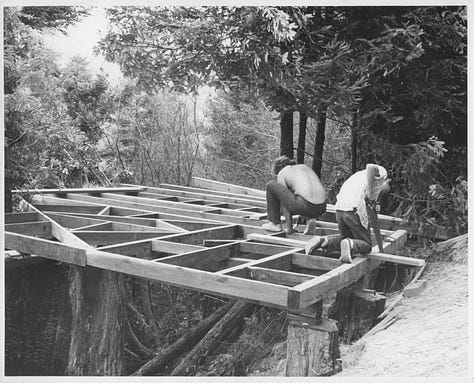
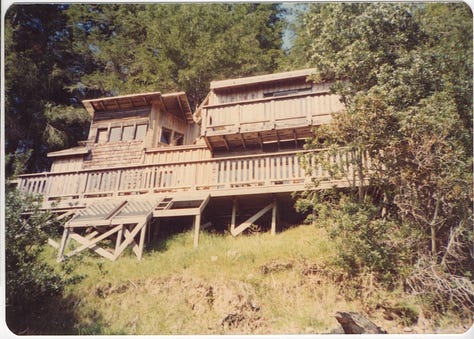
These days each cabin is instagram-photogenic for a number of very good reasons. There has been a lot of clearing of brush to make the cabins safer from forest fires, cuter and more park like. In the the intervening 40+ years, the forest has changed toward a climax forest where the understory of hardwoods and fir trees are overtaken by the redwood trees, so some of this clearing is natural. Now I can stand on the deck of my old cabin "Dawn" and see several others, and it is so sweet a view I really have to laugh at our previous need to be so "alone".
Because our communal agreement was to use natural materials many cabins had rough hewn wooden interior walls when we first built them in the 70's. It wasn't until a decade later that someone realized there were materials like sheetrock and paint that could be cleaned with a damp rag and had the added benefit of reflecting light! If there was a name for the previous aesthetic it might have been Rustic-Zen-Owner-Builder. In 2024, every cabin has had its foundations shored up, trimmed and painted, and appointed with handmade rag rugs, thrift store stoneware pottery, and adorably named for many of the OG communards.
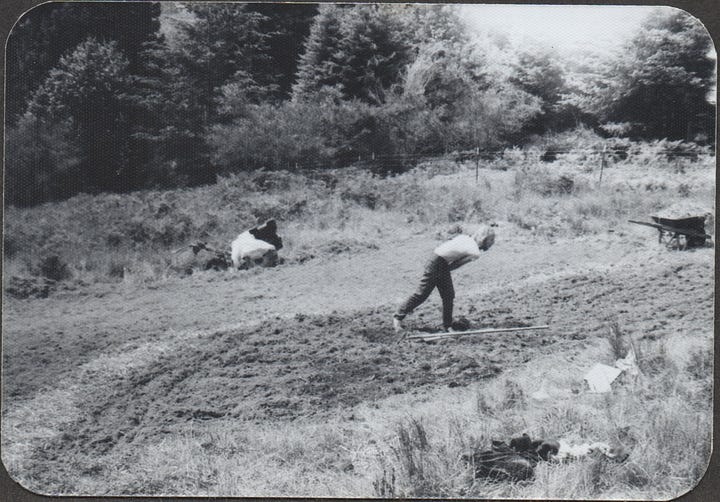
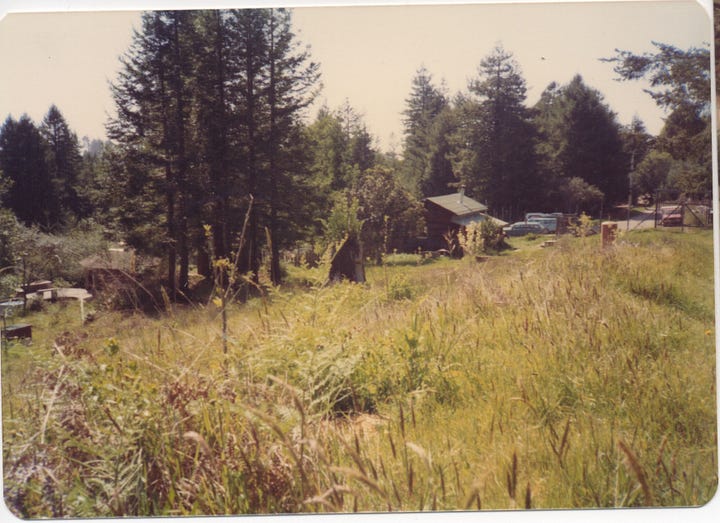
Since some of the communal members felt that fencing any of the land was unfair to the animals, it took me quite a few years of lobbying to get permission to build a perimeter fence around the fruit trees and garden. In these days, each one of those orchard trees (and more that have since been added) is surrounded by quirky and creative plantings of flowers, herbaceous borders and vegetables. Where I once planted a vegetable garden with an 8' deer fence, is now a pond with planted banks and gardens all around it.
The consensus process of decision making was the keystone of SCF commune bylaws. We had "Robert's Rules" for conducting meetings but a simple majority was not adequate for making important decisions like membership or expulsion. Even children had a vote in the process, that is, if they had the wherewithal to participate in the meeting. Meetings usually happened on Sundays, as did neighborhood dinners, communal saunas and music nights. But they sometimes included hours of discussions ranging from how to divide chores, to issues of class, and sexism, feminism, down to the minutiae of how many eggs it was okay for one member to consume.

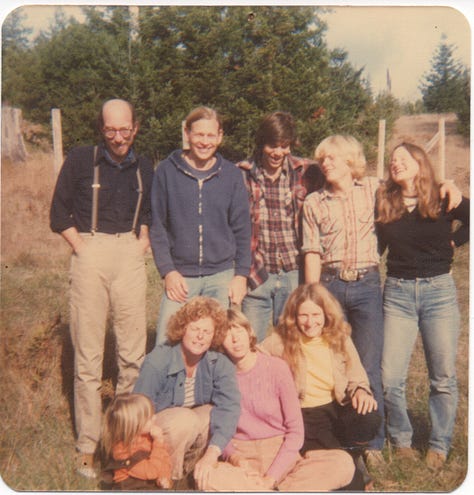
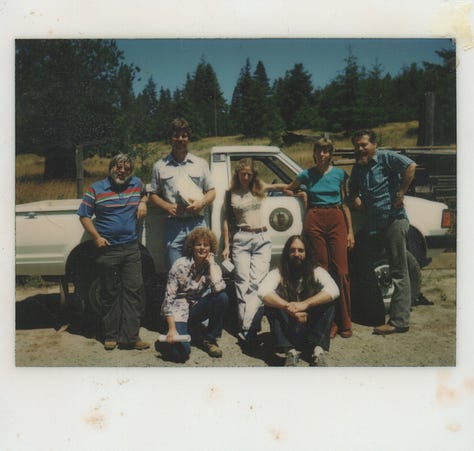
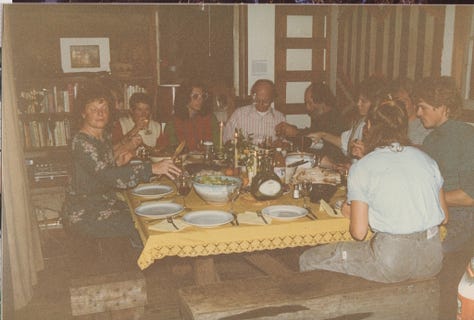
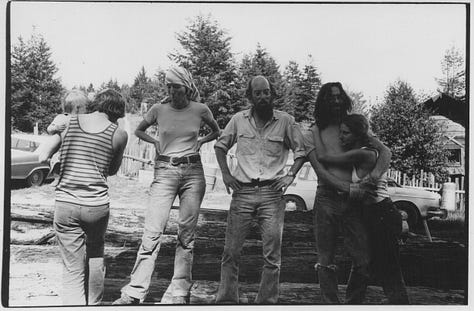
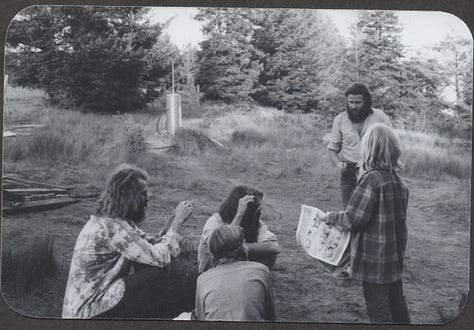
Although none of the consensus process exists in the present day iteration of SCF with one owner, non-profit status and the new Salmon Creek Arts Board of Directors, there is still a commitment to preservation of the forest, land stewardship, and even restoration of our funky little hand built dwellings into adorable curated and colorful cabins.
Not all of the original members of the commune live nearby, and our decision to sell our communally owned land was a long process. But we did forge relationships that have spanned more than five decades and it feels like the right decision that allowed a breath of new life into our long held dreams, into each dwelling, that has blossomed into a retreat for artists whose love for the sanctity of this land has translated into into their own craft, and gifted so much back to this special place.


